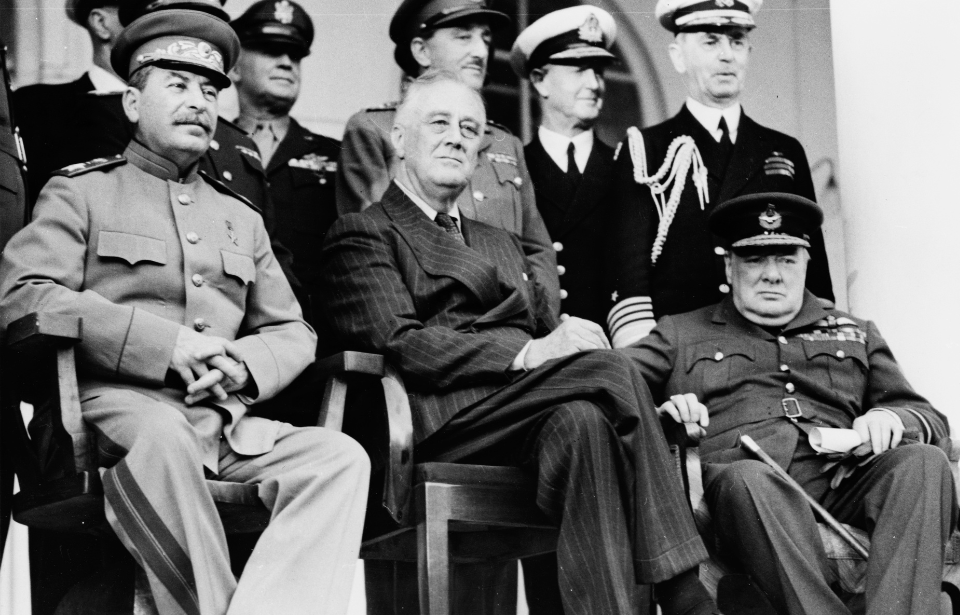A number of plans never came to fruition during the Second World War; one involved the use of bombs guided by pigeons, while another called for the invasion of neutral Switzerland. A rarely-spoken-about plot would have seen the assassination of three of the Allied forces’ key players: Joseph Stalin, Franklin D. Roosevelt and Winston Churchill. Dubbed “Operation Long Jump,” skeptics believe such a plan never existed. The Russians, on the other hand, argue otherwise.
1943 Tehran Conference
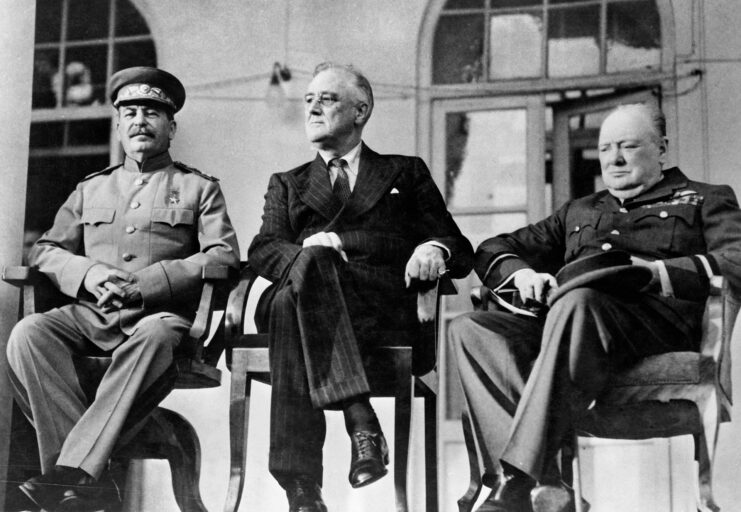
It should be noted that the majority, if not all, of the information we have regarding Operation Long Jump comes from the former Soviet Union. According to Soviet sources, German military intelligence decoded a US Navy message in mid-October 1943, which discussed a meeting of the “Big Three” Allied leaders in Tehran.
Iran had declared itself neutral at the beginning of the Second World War, but was largely occupied by Allied military personnel. The Germans also had a secretive presence in the country, with an estimated 400 spies stationed in Tehran.
Gathering everyone together was no easy feat. Winston Churchill was aware that Joseph Stalin refused to leave Moscow, while Franklin D. Roosevelt‘s health was in decline, due to his ongoing battle with what many historians believe to have been either polio or Guillain-Barré Syndrome (GBS). In the end, he was able to convince both to meet in Tehran.
The meeting, scheduled for the end of November 1943, had two primary purposes: the three leaders were to finalize a strategy that would put an end to the war in Europe, and Stalin wanted to know how and when the United Kingdom and United States would begin a renewed offensive on the Western Front, to alleviate fighting in the East. Churchill was against the latter, as he feared it would be catastrophic for the Allied forces.
Organizing Operation Long Jump
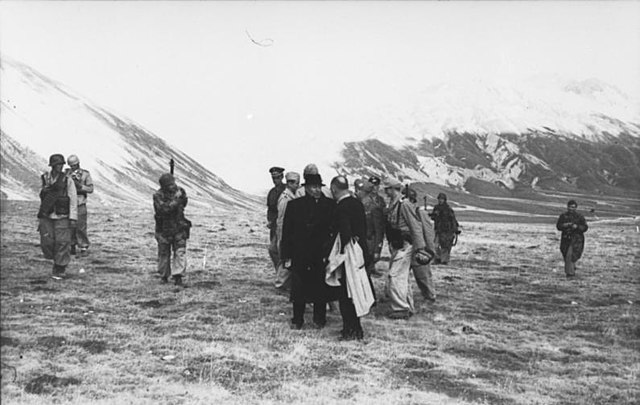
It’s still unknown who proposed Operation Long Jump. What is known, however, is that the Führer was so impressed with the idea that he approved it. Chief of the Security Main Office Ernst Kaltenbrunner, a high-ranking member of the Waffen-SS, was tasked with appointing an individual to lead the plot – he chose SS-Obersturmbannführer Otto Skorzeny. German spy Elyesa Bazna – codenamed “Cicero” – was also brought in to assist.
Recognizable by the scar that ran across the left side of his face, the Austrian-born Skorzeny was one of the most trusted members of the SS. Dubbed “the most dangerous man in Europe,” he was made the leader of an elite unit of SS Commandos, and was placed in charge of a number of operations, including the daring Gran Sasso Raid, which saw the rescue of Italian Dictator Benito Mussolini in September 1943, and Operation Greif, when a group of disguised Germans infiltrated Allied lines.
Soviet spies learn about Operation Long Jump
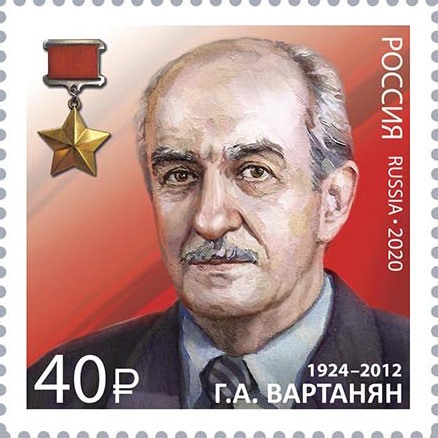
According to the NKVD, Nikolai Kuznetsov, a Soviet spy masquerading as a Ukrainian-born oberleutnant, was having drinks with SS-Sturmbannführer Hans Ulrich von Ortel. The German was known to get quite talkative after having a few drinks pumped into him, and Kuznetsov used this knowledge to get intel about Operation Long Jump from him.
It should be noted that many have since come to question whether von Ortel actually existed, with some claiming he’s a fictional character made up by the Russians.
Other sources claim that 19-year-old Soviet spy Gevork Vartanian and his team of seven agents uncovered the plot, having been the group to locate and imprison the 400 German operatives stationed in Tehran.
Putting a stop to the plot before it actually happens
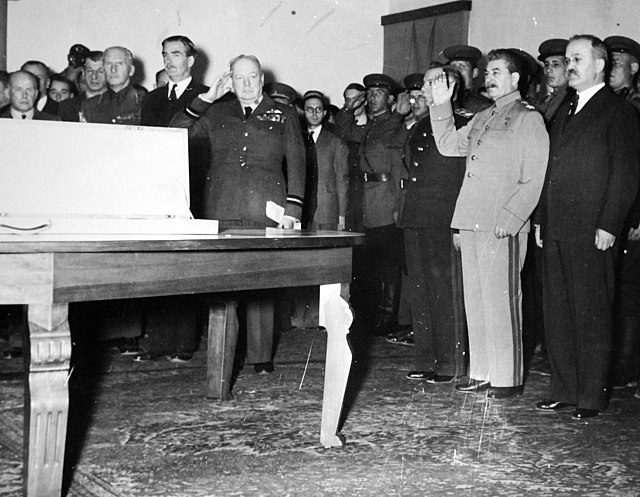
Just as the 1943 Tehran Conference was about to begin, Gevork Vartanian and his men did all they could to foil Operation Long Jump. In the lead-up to the assassinations, six German radio operators were dropped into Qum, approximately 37 miles from Tehran. The Soviets followed them to the Iranian capital, where the enemy troops changed their appearances and set up shop in a local villa.
While the Germans believed everything was being done in a covert manner, the Soviets were intercepting, recording and decoding their radio messages. Through this, they learned that Otto Skorzney was planning to drop a second team, prompting them to arrest the first group before the second could arrive. They were then forced to contact their comrades in Germany, under Soviet supervision, leading to the complete cancellation of Operation Long Jump.
Did Germany ever actually plan to assassinate the Big Three?
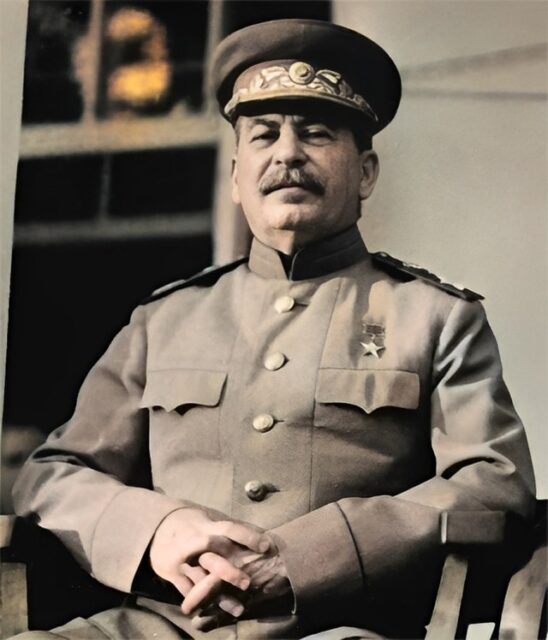
Operation Long Jump and its unraveling at the hands of Soviet spies have become the stuff of legend in Russia, with many films and stories having been written about the plot. As well, those who were allegedly involved have written numerous accounts about what happened.
Despite Russia’s claims that the plot was real, many in the Western world thought (and continue to think) otherwise. Immediately after they were informed of the plan by Joseph Stalin, both Winston Churchill and Franklin D. Roosevelt expressed doubts, with Britain’s Joint Intelligence Committee of the War Cabinet going so far as to conclude that the concept was “complete baloney.”
A number of other arguments have been made in the decades since the Second World War. These center around the fact that the Soviets had already destroyed the German spy network in Tehran by mid-1943. On top of this, Churchill and Roosevelt traveled around freely while visiting the city, signaling they weren’t worried about being assassinated by enemy assailants.
More from us: The Little-Known Lost Battalions of World War II
A final argument against Operation Long Jump comes from Otto Skorzney himself. Following the war, he denied any such plot ever existed, although he did admit that discussions over the feasibility of assassinating Churchill were discussed. He claimed, however, that both he and the Führer agreed such an act wouldn’t work.
